|
Athens was not part of the original plan - actually the whole of Europe was not on the original plan. The plan was to go for a romp in Russia and spend time there till it was time to hop over to Oslo to catch the cruise to the Arctic. Russia is cheap, big, beautiful and full of vodka! What more can one ask for? Unfortunately Putin had an attack of empire-itis and attacked Ukraine - in fact, war was declared on the day I applied for the visa! That was 8000 bucks I wont see again. I hoped that it might turn out to be nothing more than a bit of roughhousing which would last only for a couple of days - but as events proved, it didn't. I could still have gone to Moscow of course, but it might have been difficult to transfer from Russia to Europe later. So Bharathi had to change all plans at the last minute - again - and decided to route me through a bunch of European capitals instead. She had first planned to start somewhere else - but then she found an Abu Dhabi - Athens ticket for just $40! WOOHOO! I duly landed in Athens and took a train to Monastiraki, in the heart of old Athens where SWMBO had booked a nice hotel for me, just 500 m from the station. What a killer location! I could actually see the Parthenon from my room! I spent the next four days traipsing around old Athens and saw all the sites - the Acropolis and the Parthenon on the ‘sacred rock’ and a number of other places. As a spectacle - it frankly isn’t much. The place has been attacked and looted so many times over the centuries that there isn’t anything left. There are just a few cracked pillars and rubble and a few carvings here and there. Even the Athens museums don't have too much of stuff. That is because the other Europeans came and shamelessly looted the place - you will find more Ancient Greek artefacts in the British Museum and the Louvre than in Greece. The most shameless example of them all are the ‘Elgin marbles’ - a British ‘Nobleman’ Lord Elgin came and stripped the Parthenon of all the carved panels he could lay his grubby hands on and shipped them off to his house in England. After he got bored of them, he conned the British government into buying his collection for 35000 pounds (a fortune in those days) and it is now in the British museum and they are refusing to give it back to Greece. (We know the Elgin family - his son, the next Lord Elgin, came to India and looted us as well) Anyway - coming back to my point - there is nothing much left to see with the eyes of the body. But if you look with the eyes of the mind - then WOW! IT IS MINDBLOWING! This is where western civilisation started. ‘Le Miracle Grec’! As the philosopher Ernest Renan called it. ‘…something which only existed once, which had never been seen, which will never be seen again, but whose effect will last. eternally, I mean a type of eternal beauty, without any local or national spot.’ The development of philosophy, the construction of the Parthenon in Athens, the emergence of deeply innovative historical and literary works ( Aeschylus , Hecataeus of Miletus , Herodotus , Sophocles , Euripides …), the renewal of codes aesthetics by the sculptor Phidias , the evolution of the idea of democracy with the orator Pericles and a multiplication of cities and maritime exchanges along the coasts of the Mediterranean and the Black Sea. Athens is the birthplace of Democracy. This was where the whole concept of rule by the people started- and flourished for centuries. The Greek myths are known worldwide and are the fundament of storytelling and culture. The success of the Percy Jackson series by Rick Riordan shows that the power of the Greek myths in today’s world right now. The Greek alphabet was the father of all the western writing systems in use right now. The Olympic Games started here - I visited the Panathenic stadium where the original Olympics used to be held. The battle of Marathon and that hoplites run to tell the people about the victory happened here - well …about 42 km from here I suppose… Modern theatre started here - in the temple of Dionysius - where the first formal plays were written and performed. The Greeks worshipped the muses, which embodified various arts - and this shows the importance they gave to arts and music. Modern science was developed here - I went to a museum of Ancient Greek technology, which wad amazing. They had developed so many scientific and engineering techniques, that they would have been the lords of steampunk today. The fundmentals of maths and science and engineering and architecture and medicine were laid down here. We still study Archimedes principle and take oath of Hippocrates and use the Archimedes screw to raise water from lower levels to higher ones. Aristotle taught here - I went to the pathetic ruins of his school - and his thoughts still underpin all of Western philosophy today. He even taught Alexander - and Alexander conquered his way all the way to India! Even now, we use the word ‘Sikander’ for any person of great accomplishment and bravery. Greek culture - what we call ‘Bactrian culture’ - lived on in India for centuries and the Greek rulers spread their culture and art all through Northern India. The Parthenon and Acropolis were the crowning achievement of culture and art. Even the ruins left now are awe-inspiring if one imagines how they must have looked in their times. The Acropolis museum has a beautiful display on how the carvings on the temple must have looked like - and what all has been destroyed or looted. The Greek republic and the Greek empire dissolved long long ago - more than 3000 years ago. They were conquered by the Roman Empire, the various rampaging tribes of Europe, they were conquered by the Turks for 400 years and Venetians blew up the Acropolis and their great temples were cast into the ground by Christians and Muslims alike. But still their glory lives on and their stories live on - and you can imagine them as you walk through the ruins of the temples and Agoras. You can see reconstructed temples which try to show how grand the place must halve looked then - minus the gold and silver and ivory, of course. I saw such a building and looked at it open-mouthed - and then found that this was the University of Athens, and the grand temple was their convocation hall! These Greek temples with the Doric and Ionian columns are still the emblem of power and authority and are the models for the offices of all major governments even today - the US Capitol and the Lincoln memorial are exactly replicas of Greek temples. The gift shops are full of recreations of Ancient Greek carvings - and the restaurants serve Greek food - stuffed vine leaves and kebabs and moussaka and octopus. I think its wonderful how culture can live on even if every physical monument is destroyed. All you need to do is remember.
‘HOW CAN YOU BE SO CHILLED ABOUT YOUR UPCOMING TRIP?!’ Bharathi shouted, waving her arms about. ‘You are leaving in a few hours and have no idea where you are going, how you are going, what are you going to do when you get there!’ ‘I have full faith in the power of your briefing’ I assured her. ‘And anyway, it’s only a month’s trip.’ ‘ONLY?!!’ She said incredulously ‘ONLY A MONTH?! YOU THINK A MONTH LONG TRIP IS ‘ONLY’?’ ‘Well, considering that I just came back from a 2 month trip just a few months back…’ ‘YOU ARE TOTALLY SPOILT! I HAVE SPOILT YOU!’ Well … can’t argue with that… The original trip was supposed to be an exploration of Russia! I would spend a month exploring Russia, then I would fly to Norway and Bharathi would join me there and take me on an awesome cruise to the Arctic circle! We would be going more than 80% north - spitting distance of the pole! But the day I applied for a Russian visa - that cretin Putin declared war! I literally was at the Russian visa office when the war started! Bloody idiot - couldn’t he have just made some cutting remarks and left it at that? Read Gandhi! Be nonviolent! Bharathi refused to even acknowledge that a war was going on, then she was confident that it would all blow over and ‘we would be home by Christmas’, then she was convinced that Ukraine would fall and the war would be over soon…but even she was forced to admit that changing her travel plans was necessary. It’s a good thing she didn't have ol’ Vlad’s phone number - else she would called him and cursed him out! But then he would probably have screamed and run for the hills and called off the war… Anyway - she rejigged the Russia part of the itinerary at very short notice, and made it into a Europe capital tour. Athens, Budapest, Warsaw, Vienna, Berlin and Oslo So here I was - all set for a ‘Europe capital’ trip - I would be flying to Abu Dhabi and then to Athens. Actually Athens entered the itinerary just because she found a cheap fare! ‘It’s just 70 dollars from Abu Dhabi to Athens!’ She screamed in delight.’WOOHOO!’ It actually cost double the fare to fly from Mumbai to Abu Dhabi, even on a no-frills LCC. The Mumbai - Abu Dhabi ticket was about 15000 INR and the Abu Dhabi - Athens ticket with extra baggage, assigned seating and priority boarding - was $100 - about 7500 INR. Crazy. So here I was at the GoFirst check in counter - Go Air has changed it’s name to GoFirst for some reason - cribbing on Twitter about how long the line was and how only 2 counters were manned. Whether it was the effect of my tweet or the fact that the airport manager woke up - a couple more counters were added and line started moving faster. I reached the counter and smiled at the check in lady. She smiled at me. The baggage handler smiled at me. I smiled at the baggage handler. We had a real love fest going! Then she asked me asked me for my papers - and flipped through my passport and looked confused. ‘But where is your Visa? Do you have a residence permit?’ ‘No no’ I replied. ‘I have a US visa.’ ‘But we are not flying to the US.’ ‘No no… the UAE is giving visa on arrival to Indian citizens with valid US visa.’ ‘Ah yes.’ She said - and pulled out her phone. I sighed. I had been through this before in New York, when the Kuwait airways people made me wait for check in. They take a photo of your visa and send it to god knows where and wait for an OK message to come back before they will check you in. I had found it particularly asinine to do this in the US. I obviously had a valid US visa - otherwise the US would not have allowed me to enter! These guys totally harsh my buzz. Anyway - I nodded my head and said that I would be standing by the side and waiting for that magical revert from whom so ever she had sent that message to. After what seems to be half an hour, she shouts across the line of booking counters to her colleague and tells him to send my visa message. ‘I just noticed that my network is bad’ she explained ‘the message was stuck in my outbox.’ Then I waited for another half hour before a positive message came - WOOHOO - and she issued me a boarding pass. GoFIrst’s flight was delayed - and rather ironically, GoFirst became GoLast - we were the last flight to land at Abu Dhabi. I walked in with confidence! Last time I didn't know the drill in Dubai and had walked to the immigration dude, who had thrown me out and then I had gone to the Police dude, who had thrown me out - and then finally I had gone to the place I should have gone firstly - the Marhaba visa service desk, who issued me a visa on arrival in seconds. But when I entered the terminal - there was no Marhaba. There were automated doors for people with visas - and there were some immigration booths for people who …were not comfortable with automated doors, I suppose. I stood in the line - and was literally the last person in the whole terminal. It was me and that immigration sheik and the janitor. ‘Visa?’ He said - and I gave him the whole spiel about US visa and visa on arrival…and he gave me a sad look. Such complicated goings on - just when he was going to go into the relaxing room and put his feet up and watch football. ‘Come with me’ he motioned - and took me the Police officer in charge. Oh no - that police desk again. The guy behind the desk looked at me with dislike. I must have interrupted his football as well. The immigration sheik explained to the police sheik and they both gave me a dirty look. Bloody football interrupter. ‘Visa?’ US visa…blablabla…visa on arrival…blablabla I wondered why I had to explain this. These guys were visa officers. This was literally their whole job. More than half the people coming to this country must be Indian. Why were they all shocked and surprised at hearing about Visa on Arrival? Idiots. The sheik started tapping furiously on his computer - probably trying to find out the rules and procedures. They made me wait for almost an hour - and then the police sheik calls me in, and motions to his hand. ‘VISA’ he said peremptorily ‘Er - US visa…visa on arrival…’ ‘VISA!’ He said again - and now I noticed that he had a credit card machine in his hand. Oh - he wanted the visa fees! That’s great - I took out my card and made the payment. I thought we were done - but again he made me wait. Then finally he gave my passport to the immigration sheik - but just as he was about to stamp it - he must have wondered if he is doing the right thing! ‘WAIT WAIT’ he said - and went and called a third sheik - an English speaking one, this time ‘What job you do earlier?’ He demanded. ‘Job? Job? I don't do any job, my good man.’ I replied loftily ‘I am an author! I write books!’ This was not at the answer he was expecting, and it seemed to knock him for a six. He scratched his head, and chewed his lip and said ‘Wallah Habibi!’ And all sort of stuff in Arabic - and finally decided that I looked harmless enough. ‘Ok. Stamp him in.’ WOOHOO! I was in! It took a very long time, and I was literally the only one in the airport at the end of it - but I was in! Visa on arrival, baby. Ronda is an ancient town in Andalusia near the Mediterranean Sea, and has been a settled town since before Roman times. It used to be settled by local tribes, then was settled by Scipio Africanus during the Punic wars. After the Roman Empire crumbled, it was conquered by Visigoths from what is now Germany - till it fell to the African Berbers, who were the start of the Muslim moorish occupation of Spain in the first millennium AD.
The Muslim period of Spain is a most fascinating period - when the Moors and Arabs kept alive the flame of learning and science when Europe was stuck in the dark ages. When the rest of Europe was a disgusting medieval mess, Cordoba and Malaga were bustling metropolises! I read a book by Louis L’Amour called ‘The walking drum’ about this era, and it had a great effect on me. Louis L’Amour was a writer of cowboy adventures in the old west - six guns and quick draws and all that stuff. But this was the only historical romance he wrote, and it was the only book I had ever read that referred to this fascinating era. I recommend it highly. After an intense couple of days, its ‘adios Madrid’ for now - it was time to go to the train station and catch a train to Avila.
I could get there by chasing a couple of trains, but the Uber rate was very reasonable - so I went in comfort in a fancy car instead of struggling in a crowded metro and changing trains a couple of time and so forth. The train journey to Avila was very smooth - Spanish trains are very nice … comfortable, roomy and very fast! Madrid day 3 morning
It was time to go - I would be leaving Madrid today…taking the train to Avila to see the ancient walled city there. But I still had the morning free, and I was determined to see the Mercato San Miguel and sample some delicious artisanal food there. A ‘Mercato’ is a covered marketplace, where the various food producers used to bring their stuff and sell there in ancient times - butchers, winemakers, cheese makers, fishmongers, vegetable and fruit sellers, vinegar and garum makers and so on - much like Crawford market in Mumbai. Over the years the place evolved to be a place selling artisanal food to be eaten there itself, rather than being a wholesale market. Now it is a place for tourists to find and try kinds of fancy artisanal food. This particular Mercato is more than 100 years old - Today, this historical building stands out as one of the world’s main gastronomic markets. It allows visitors to experience the essence and most significant flavors of every corner of Spain. From the finest Iberian ham and freshest fish and shellfish brought in daily from Galicia, to Mediterranean rice dishes and the most exquisite cheeses from Castile, Asturias and the Basque Country – at the Mercado de San Miguel, you’ll find all the highlights of Spanish cuisine. Spread out over more than 20 stands, the common denominator here is a commitment to high-quality tapas and pub fare. COVID had forced the closure of this market for more than 8 months! It had opened just in July 2021 and now it was back to running full blast. The crowd seemed to be mostly local Spanish people - the only foreigners were a few Americans…and me. I woke early and packed my bags and went down to have a local specialty at the downstairs cafe - churros and chocolate. Madrid Day 2 continued After seeing the Palacio Real and the Almudena, I thought that I should now come down from the sacred to the profane, and worship my belly by going to the Mercato San Miguel and eating local Spanish delicacies. It was only a short walk - but when I reached there, I was shocked by the crowds! The place was as packed as VT station during rush hour! I pushed my way in, and shouldered my way to the oyster booth where I was jostled here and there until I got my hands on two oysters.
After the Palacio Real, the next thing to see was the famous Almudena cathedral - the seat of the Roman Catholic Archdiocese of Madrid. And it was pretty easy to find too! Just turn around - and there it is!
Today I was going to see two of the iconic sights in Madrid - the Royal Palace of the King of Spain - the Palacio Real, and the Almudena cathedral right in front of it.
Yesterday, I had been dog tired when I got back from seeing the Prado and the botanical garden - the jetlag, the disrupted sleep schedule and the lack of lunch all added to the aching feet. Slow walking in museums always leads to ‘barking dogs’ and the poor fellows have to support my very heavy weight! Add to that the fact that I was wearing heavy hiking shoes this time, instead of my usual sneakers…the Antarctica boat guys insisted on waterproof hiking shoes…or at least SHE WHO MUST BE OBEYED thought that they insisted on such things. But when I saw videos of people who had done these voyages, they pooh-poohed the idea and said that there was no need for them…the boat would issue high gum boots for going ashore on Antarctica and sneakers were fine aboard ship. I wanted to carry sneakers as well, but there was no room in my baggage! Bharathi growled at me and said ‘INFIRM OF PURPOSE! CARRY ONLY THE HIKING SHOES! I COMMAND YOU!’ And that was the end of that. So I bought some fancy Decathlon hiking shoes which are rated to walk on snow and stuff. I must say that for shoes which are intended to be for walking very long distances, they are not comfortable! Hopefully I will get used to them. But till then…OW OW OW. Day 1 in Madrid and I woke up before dawn in spite of sleeping very late. That’s not as impressive as it sounds actually - for one thing, the day dawns pretty late in summer in Spain- and for another, I was still on India time.
The hotel room was really tiny - Bombay level tiny - to quote Circuit from Munnabhai - ‘ye room to shura hote hi khatam ho Gaya!’. But it was neat and clean and had an en suite bath and even had a balcony! What more do you need anyway? The shower was so small that I kept bumping in to the tap and turning the warm shower into either a scalding lava fountain or a freezing torrent - and the shower curtain would lovingly drape over my wet body and surround me like a shroud. (Though that is more of a comment on the size of my butt than the size of the shower stall, I suppose…) I sat around writing a blog and suddenly realised with a start that I was almost late for my date with the Prado museum! SHE WHO MUST BE OBEYED had booked a ticket for 10 AM and I quailed to think of what she would say if I was late for my very first booking! I quickly got ready and checked with the hotel dude as to the best way to reach Prado - Bharathi had babbled about metro lines and how I had to recharge that one day card with 10 rides and all that stuff. But the hotelier said that it was just a 10-15 minute walk, and gave me a map and marked the route on it. Well - to go down to the metro, add the 10 trips on a machine, go down to the platform, wait for the train, get out to the street level, etc would probably have taken more than 15 minutes. Anyway the weather was very nice and a walk sounded most agreeable. And no time for breakfast! ‘What?!’ My tummy squealed ‘…but …we didn't have dinner either yesterday…’ ‘Oh shut up…’ I said ‘A fast will do you good.’ Finally the D Day Dawned!
All the planning and preparation and nail biting had come to a climax! The trip was starting today! WOOHOO! ‘REACH THE AIRPORT WELL BEFORE TIME!’ Bharathi hair was standing on end and curling and furling like the fretful porpentine, as Shakespeare would say. ‘THEY MIGHT MAKE YOU DO THE RTPCR TEST AGAIN!’ ‘Eh?’ I said ‘Why would they do that? I have a PCR test already.’ ‘YOU NEVER KNOW! THEY MIGHT MAKE YOU UNDERGO A PCR TEST, AN X RAY, AN ULTRASOUND, A STOOL TEST, AN HIV TEST, A DNA TEST…’ ‘Er…my Uber has come…chalo bye…’ I hastily left before she get could get to the stool test and the prostate fingering and so on… Luckily none of this happened - the Emirates people were very nice. An agent checked my PCR result and waved me on, and the check in was very smooth indeed. I enquired about a free upgrade (Hey, you never know…never hurts to ask) … but she just waved me away. Bloody phukatchand. The flight to Dubai was very nice - saw the ‘Friends reunion special’ on the plane and it made me emotional and moist-eyed for some reason. Go figure. At Dubai I went - as per boss’s orders - and asked the Emirates people about cancelling the Brazil Dubai sector, and they informed me that while only one sector cannot be cancelled, I could definitely cancel the entire Brazil Dubai Mumbai leg and ask for a refund. ‘Ah great!’ Bharathi said ‘I will wait till the laaaaaaaast minute - if they only cancel the flight then they will issue a full refund! BUHAHAHAHA’ |
Categories
All
Hi thereI blog about my travels - and the thoughts they set off! Sometimes the simplest destinations can be the most thought-provoking! Archives
May 2022
|

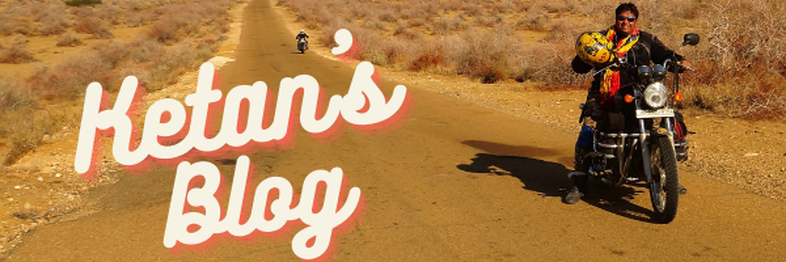
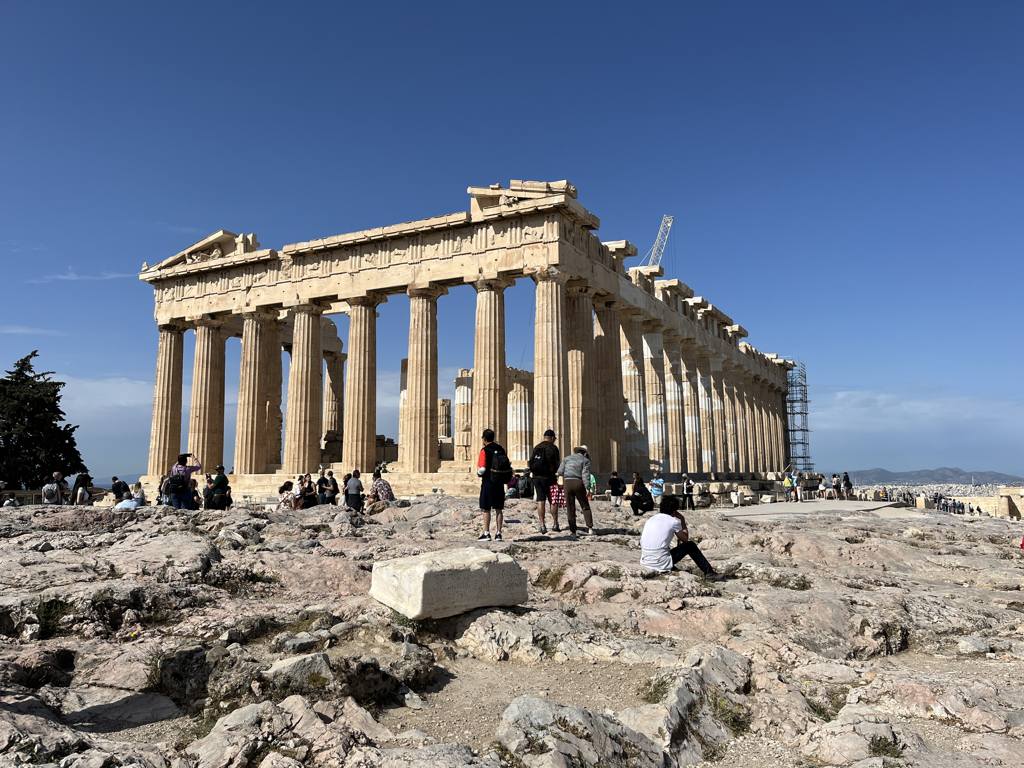
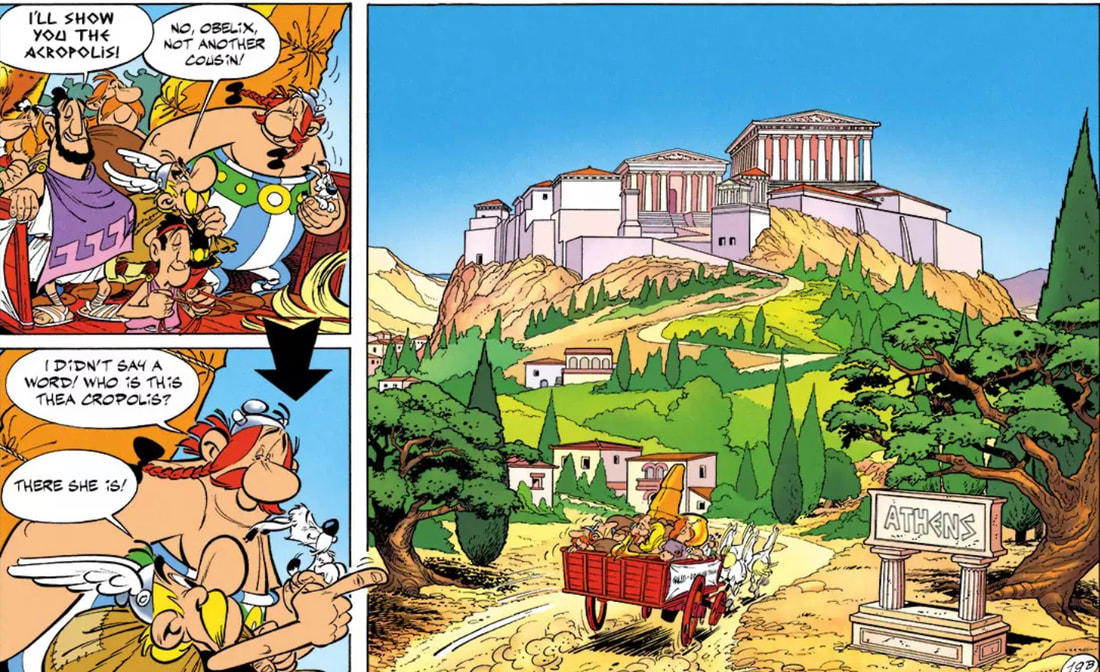
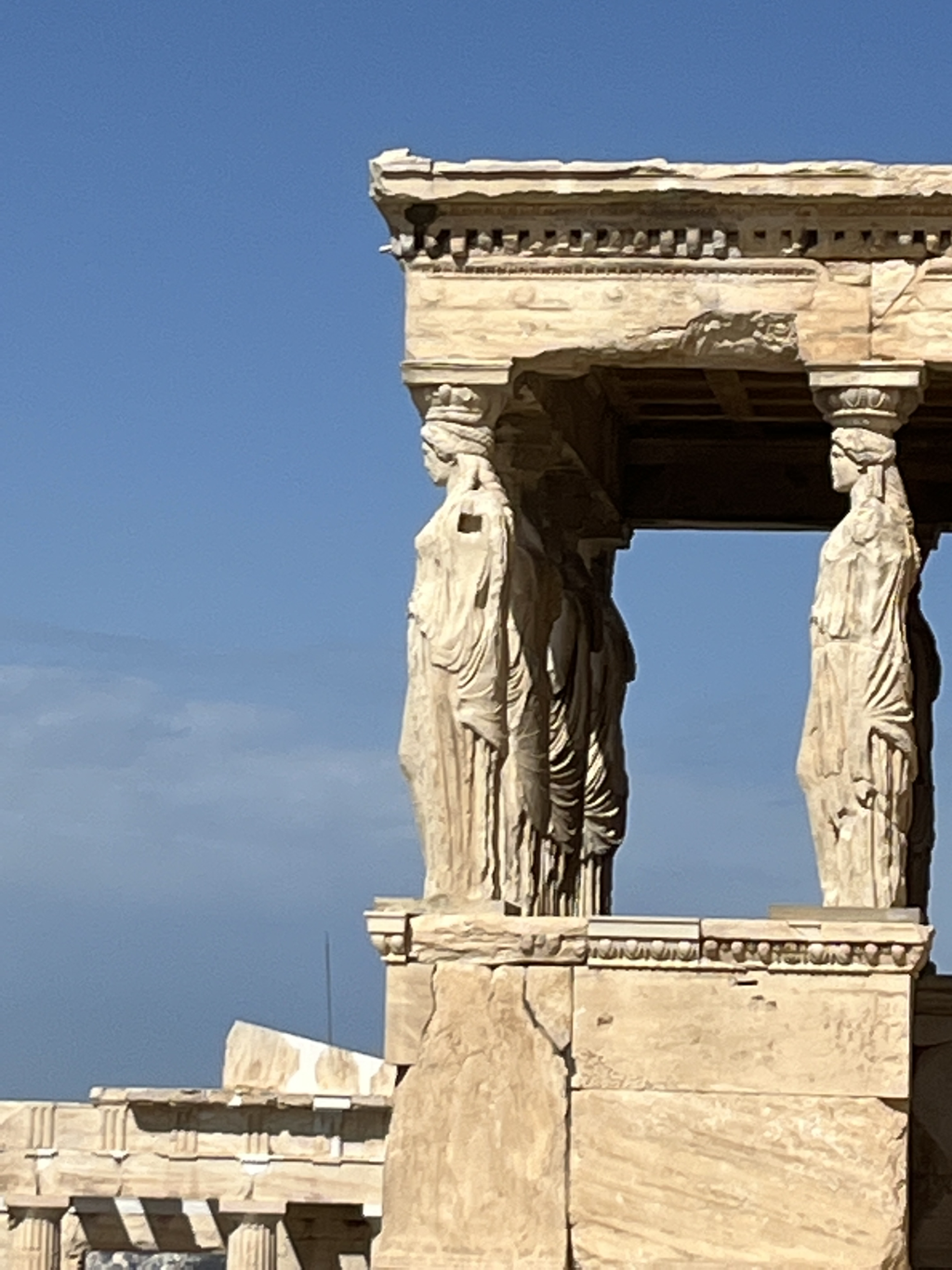
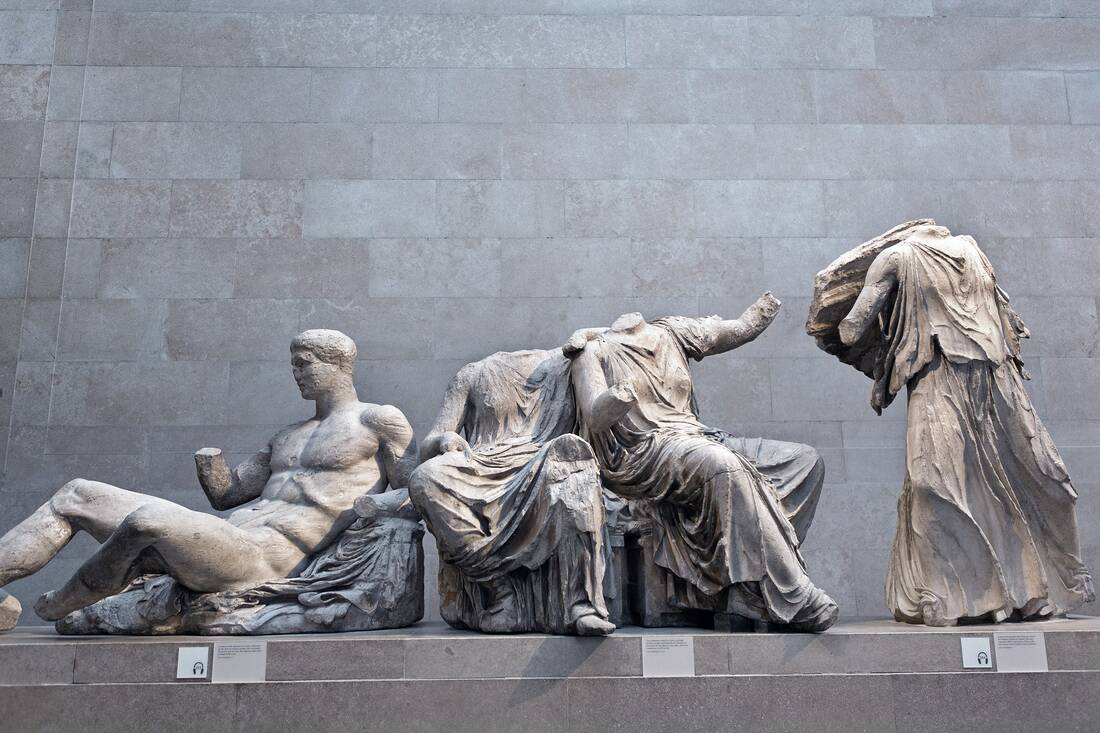
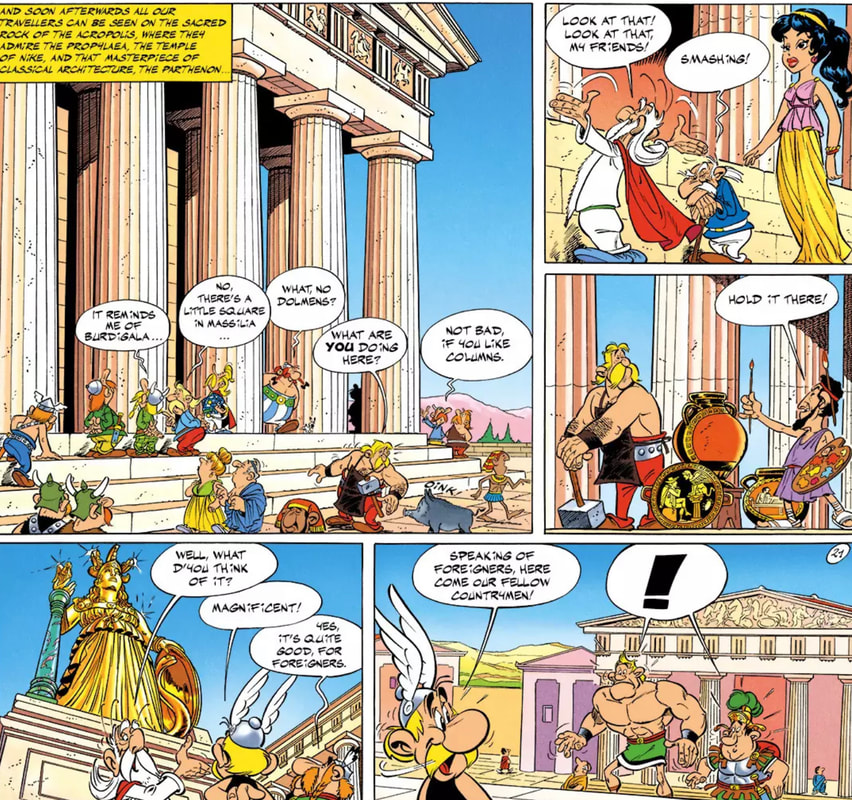
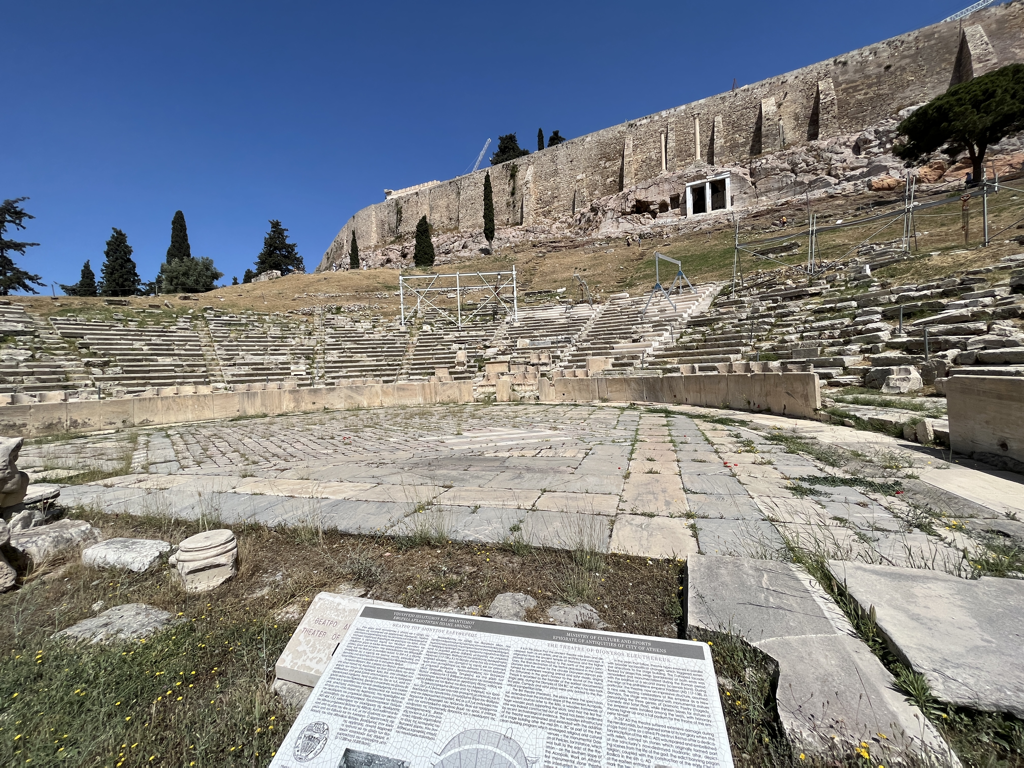

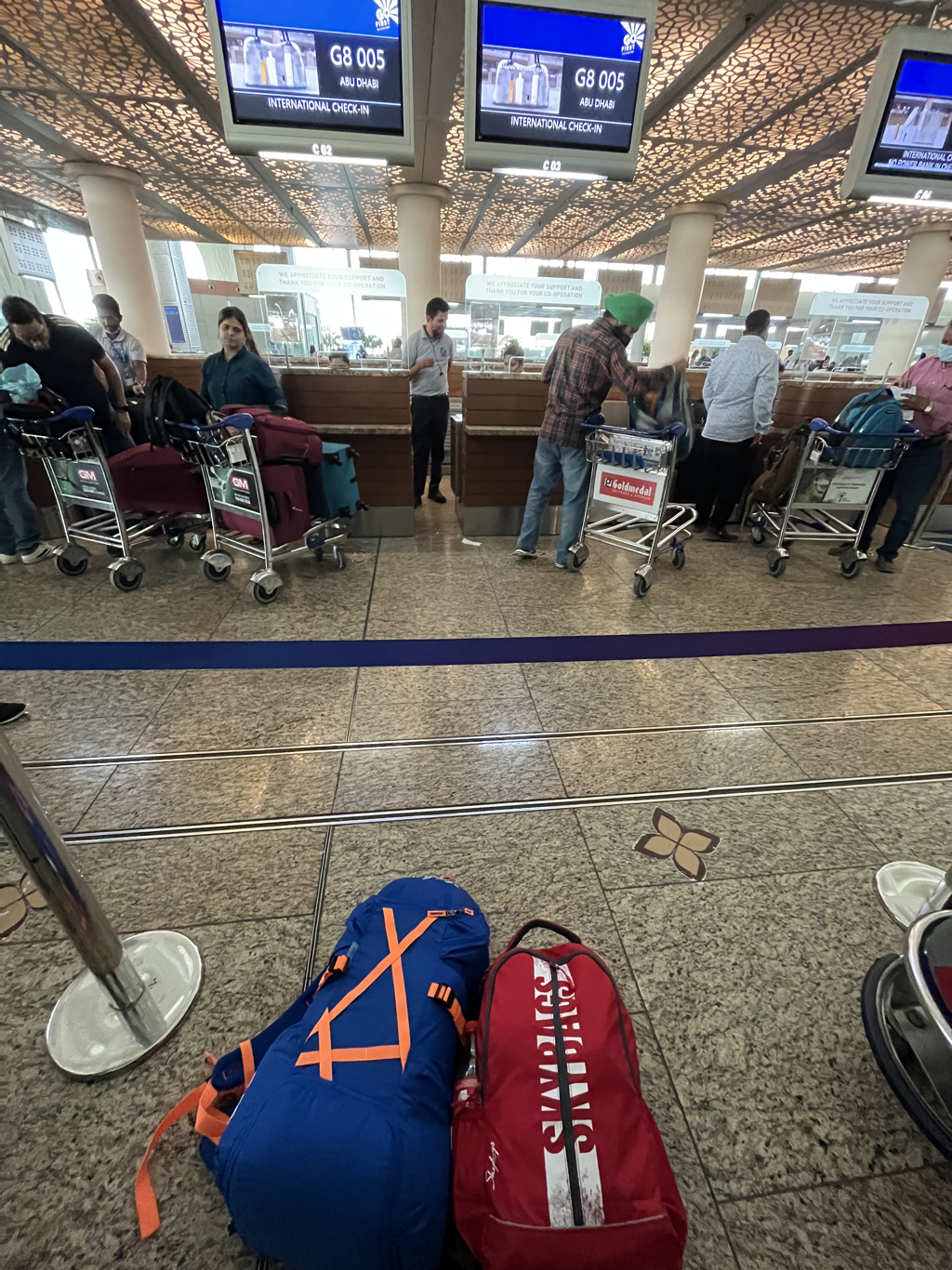
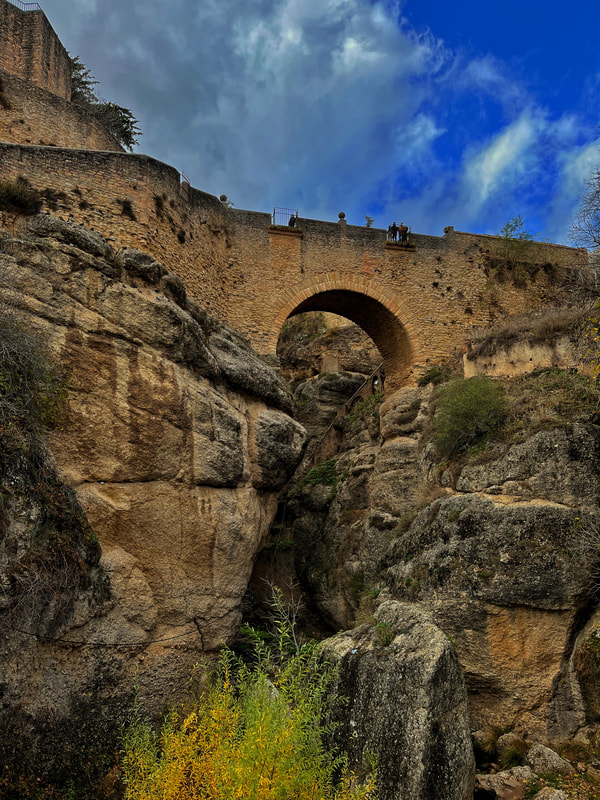

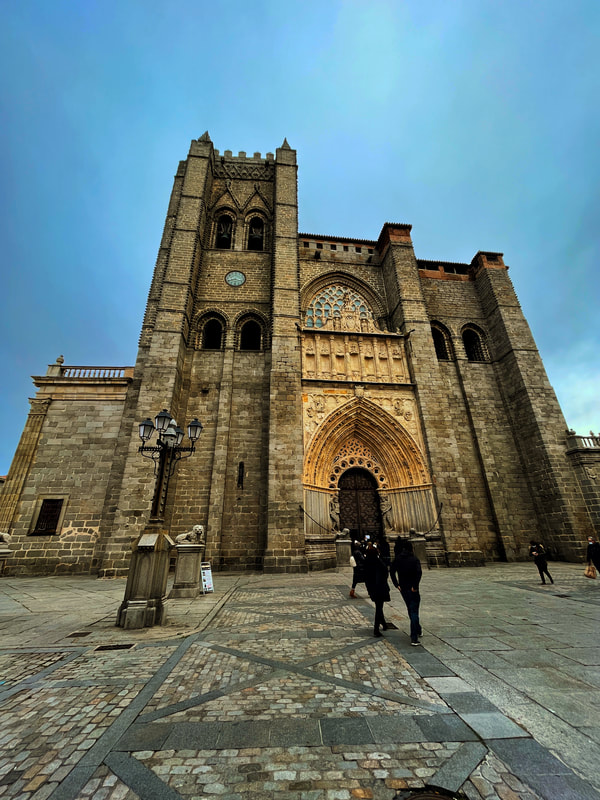
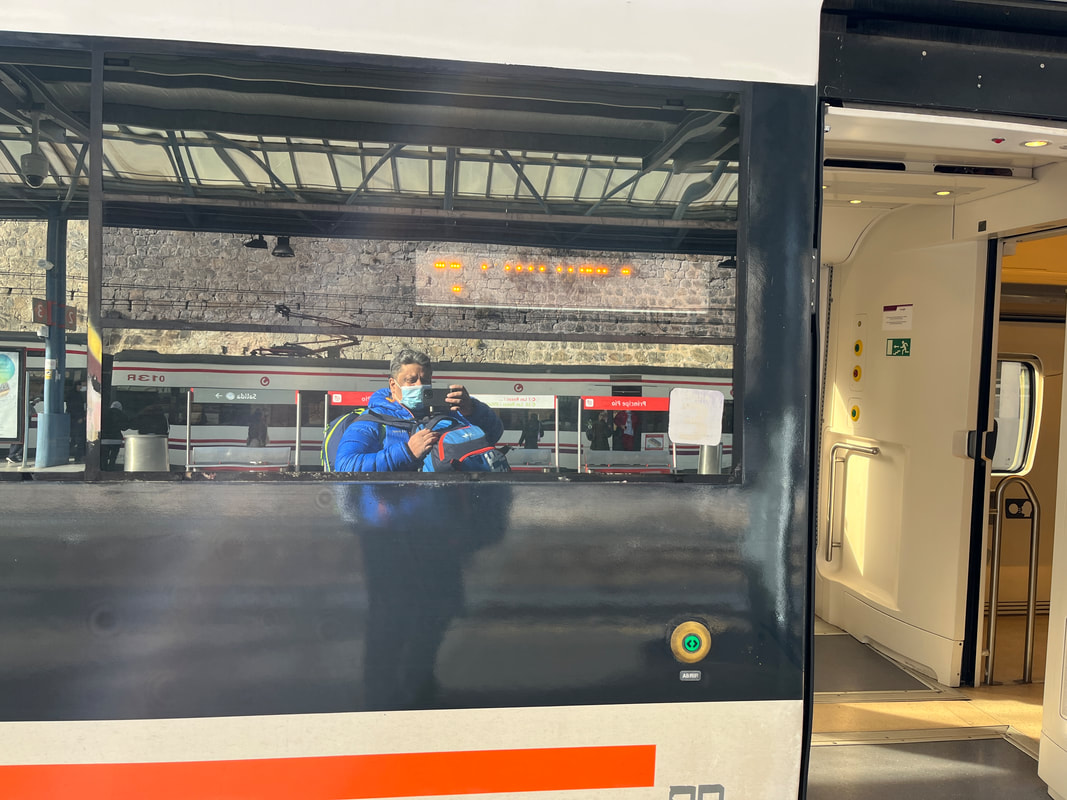
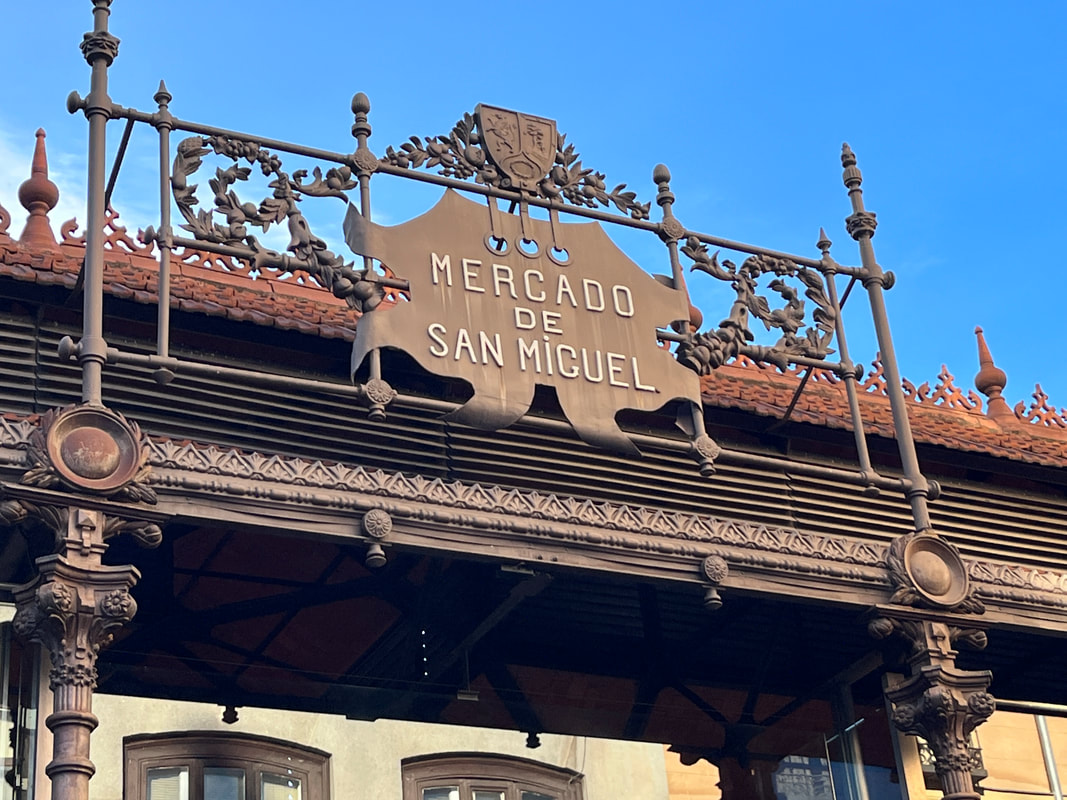
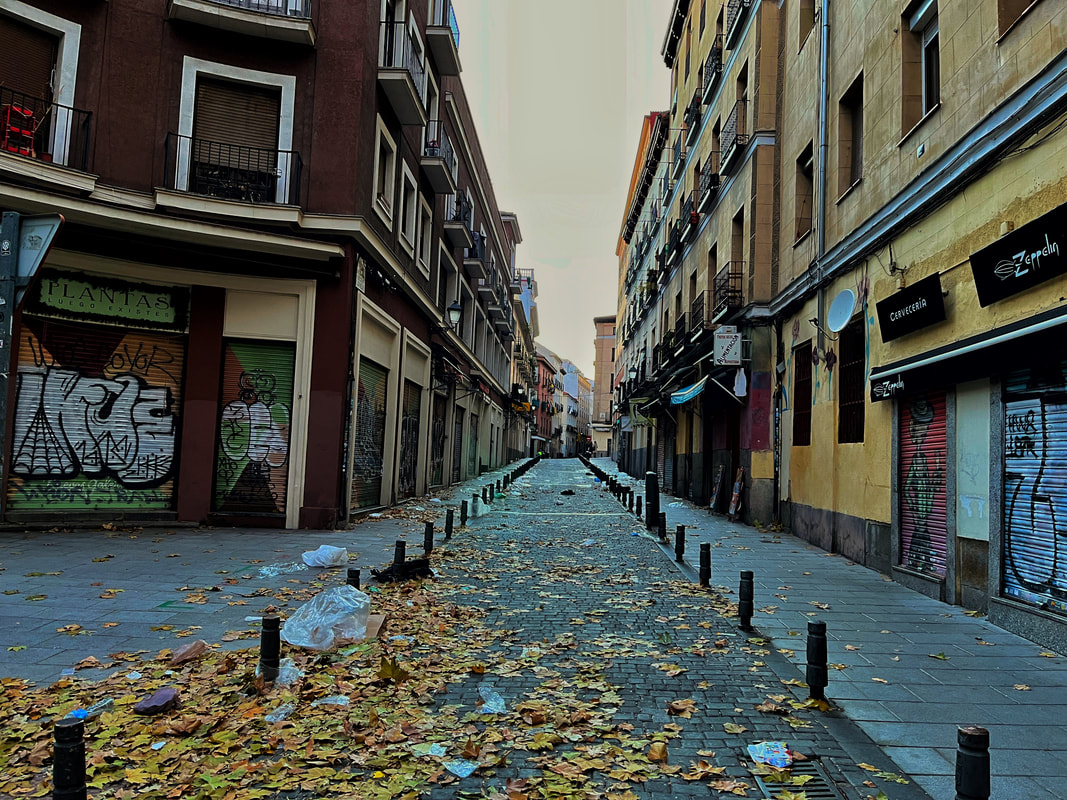
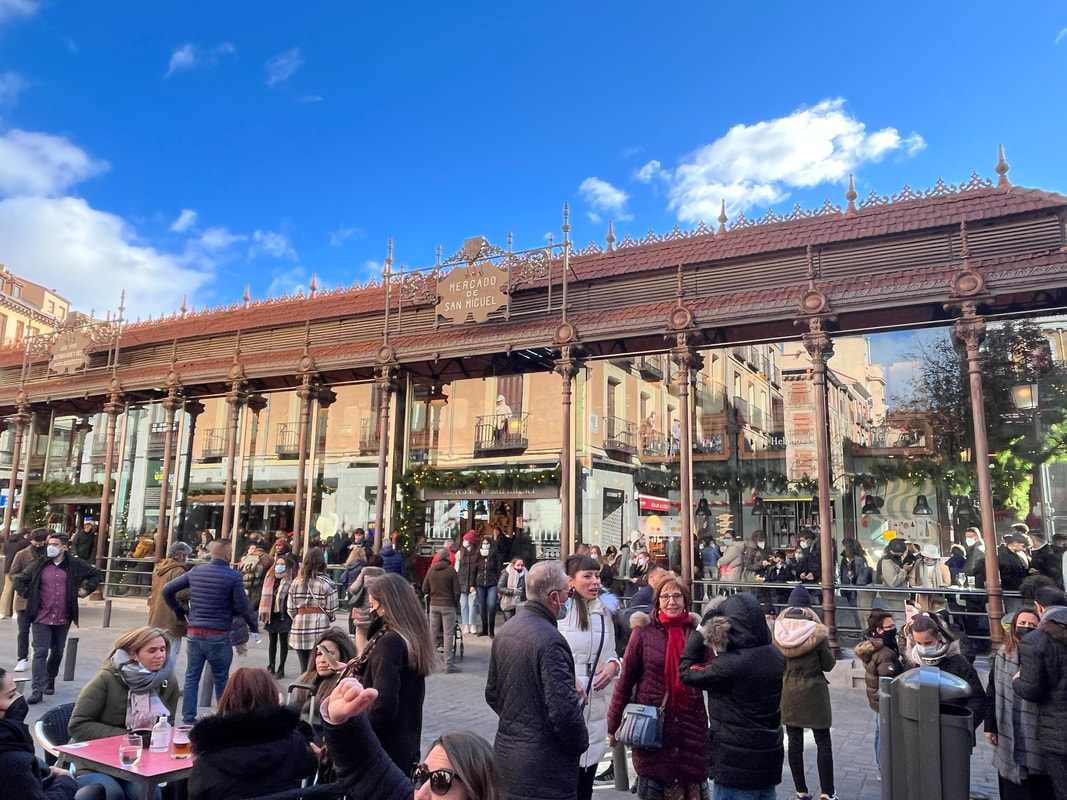
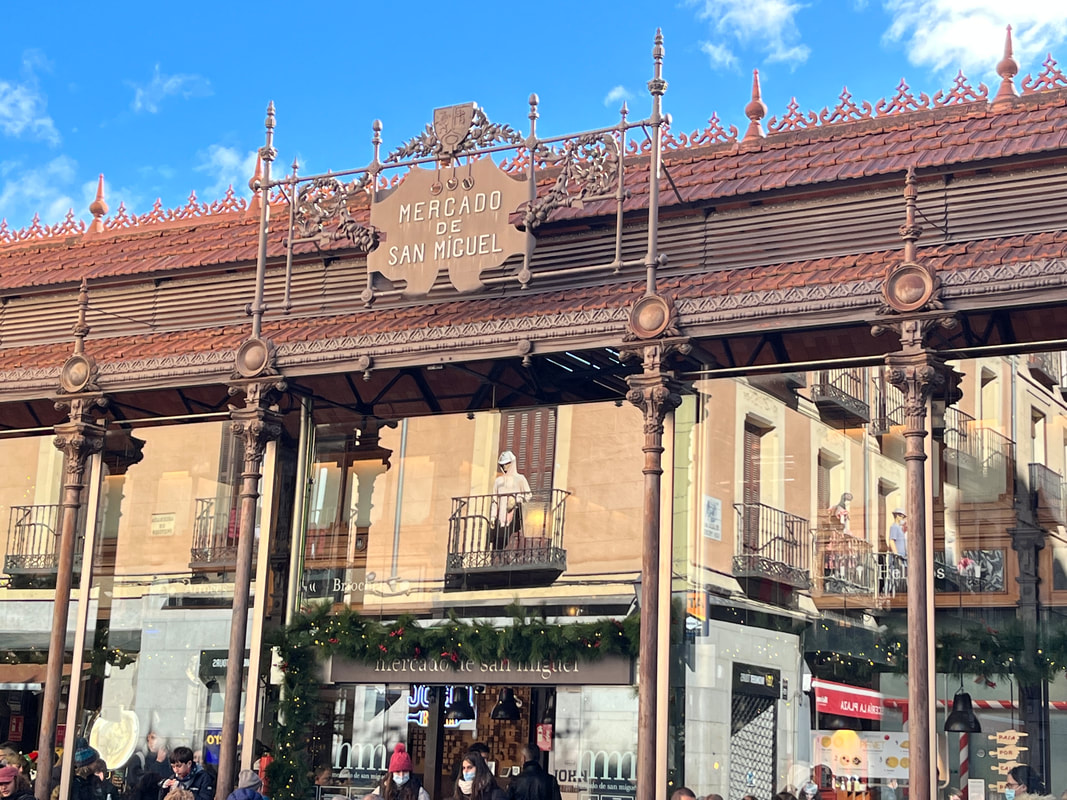
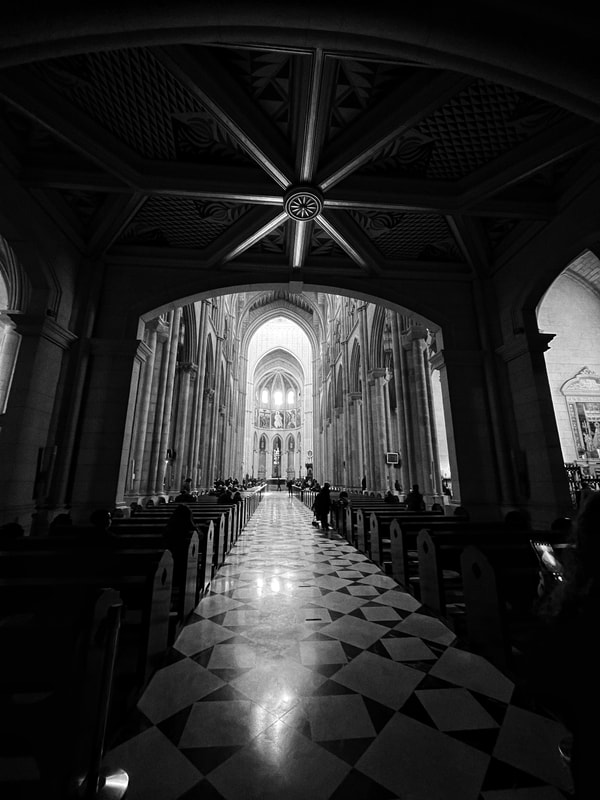
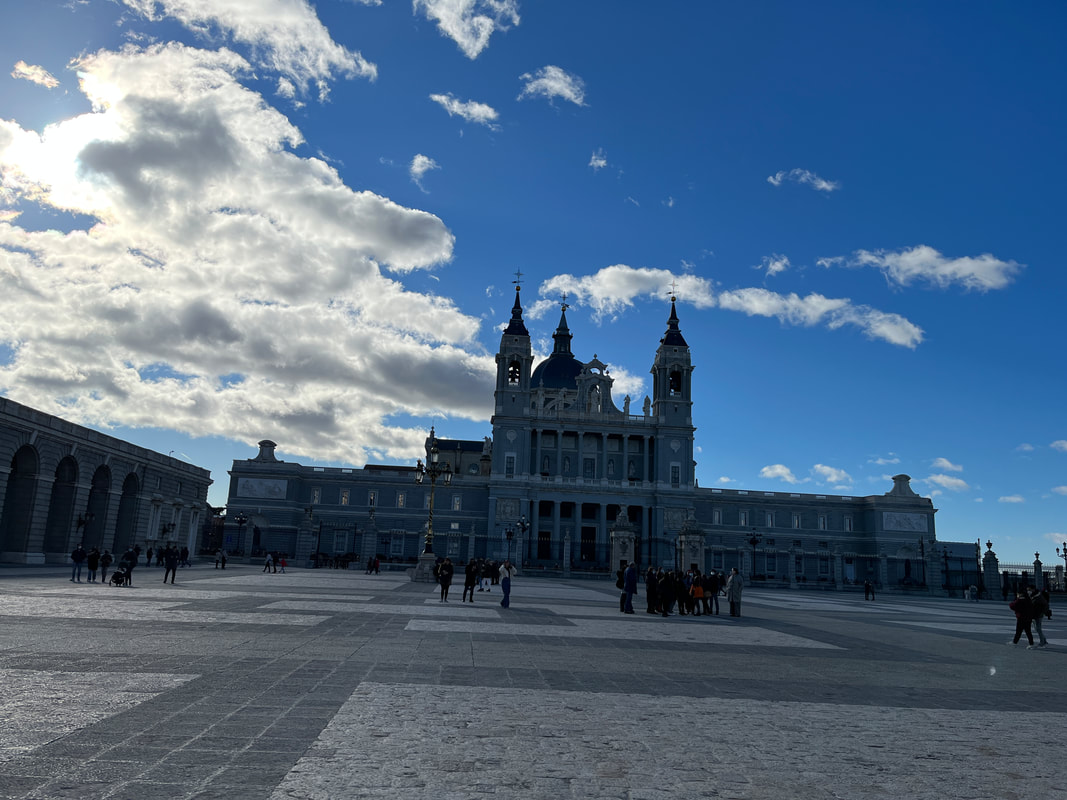
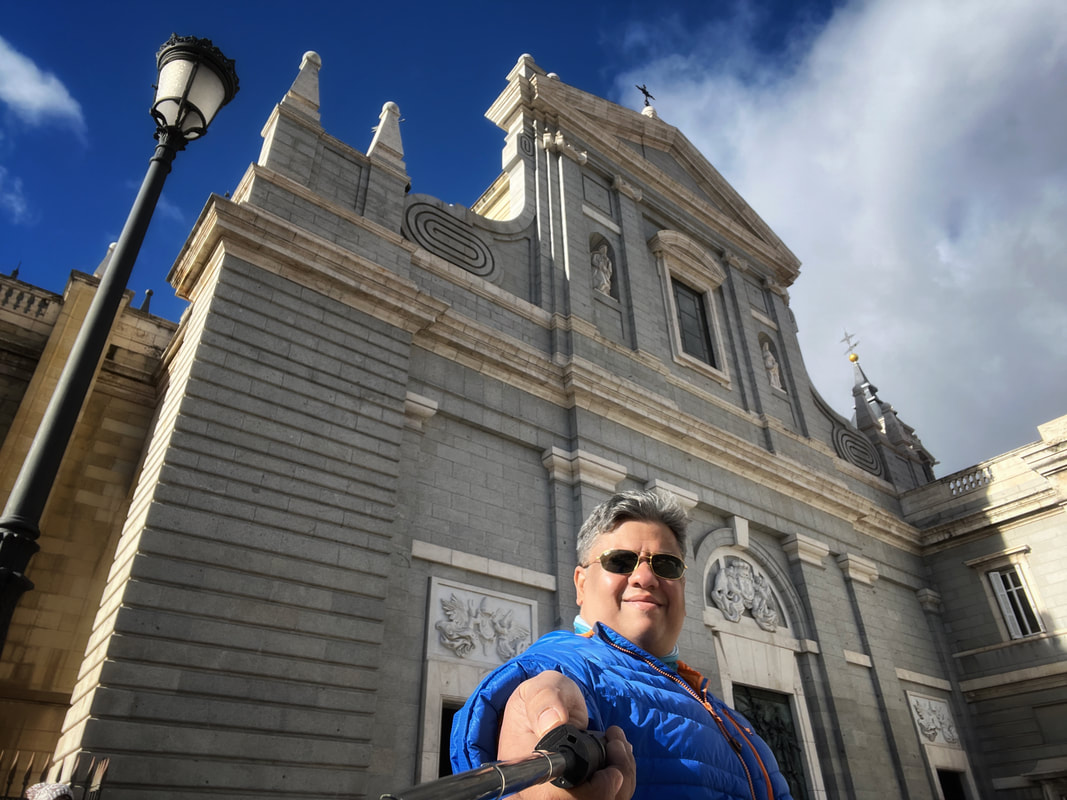
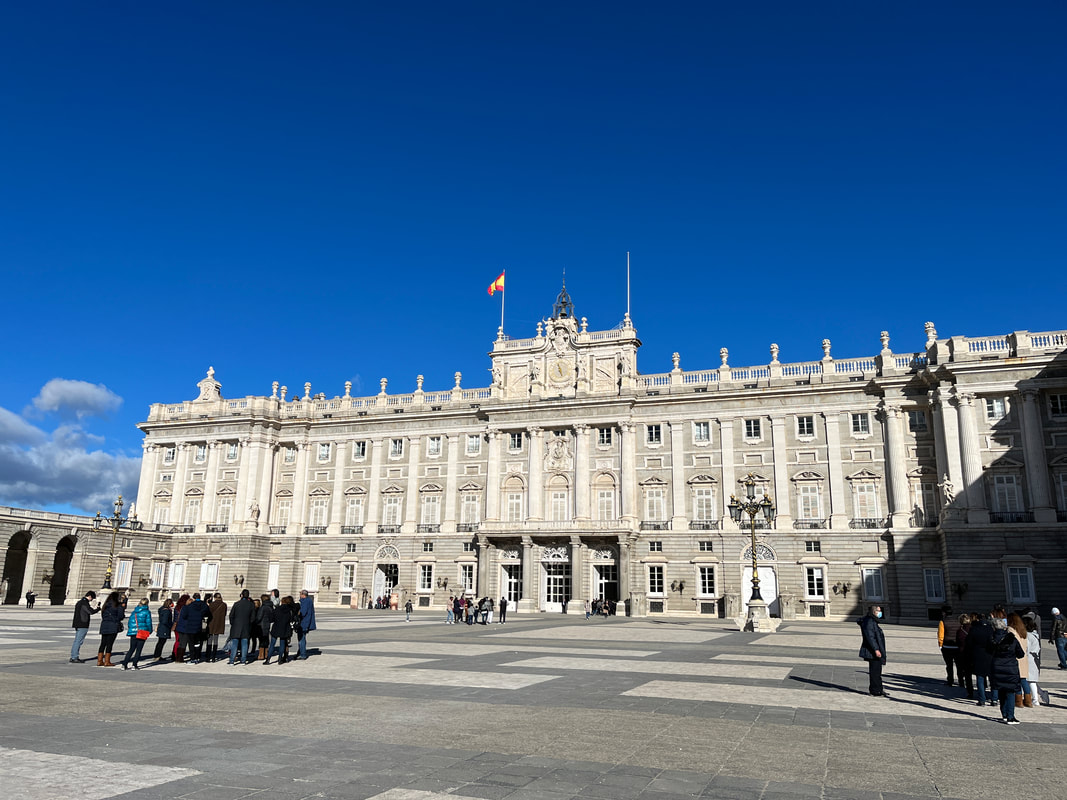

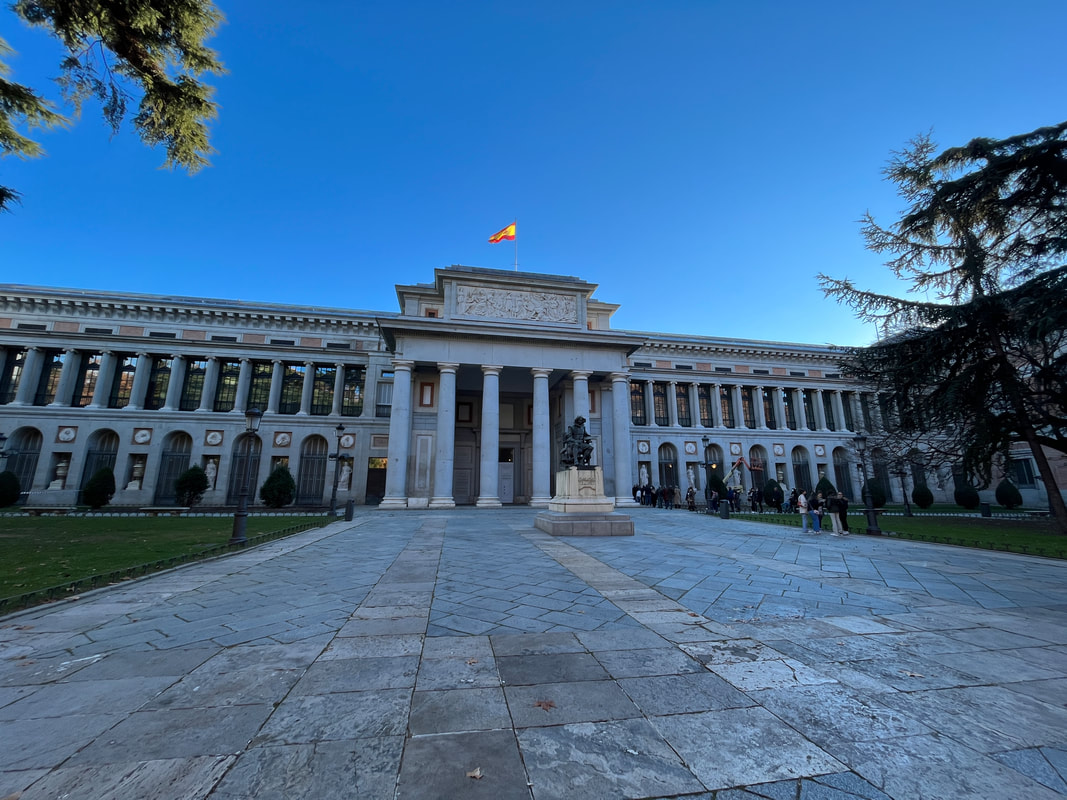
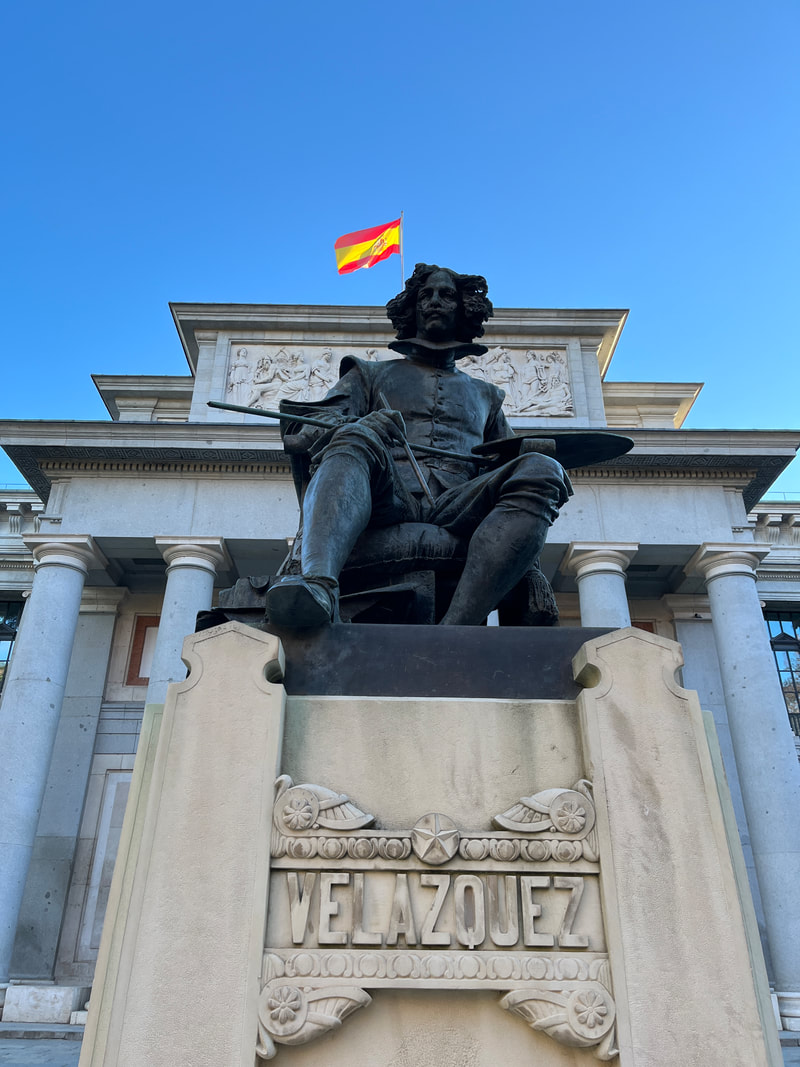
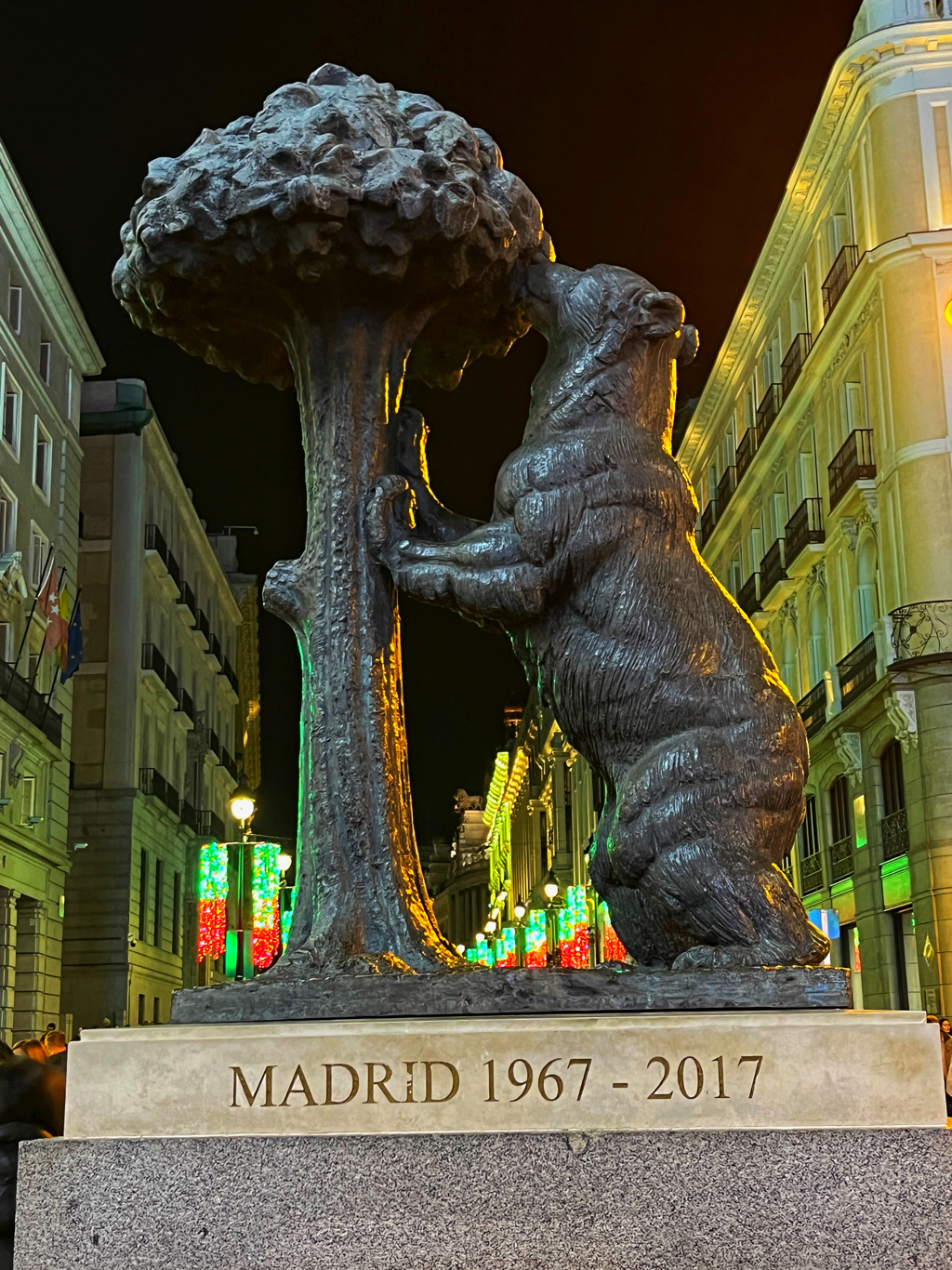
 RSS Feed
RSS Feed

